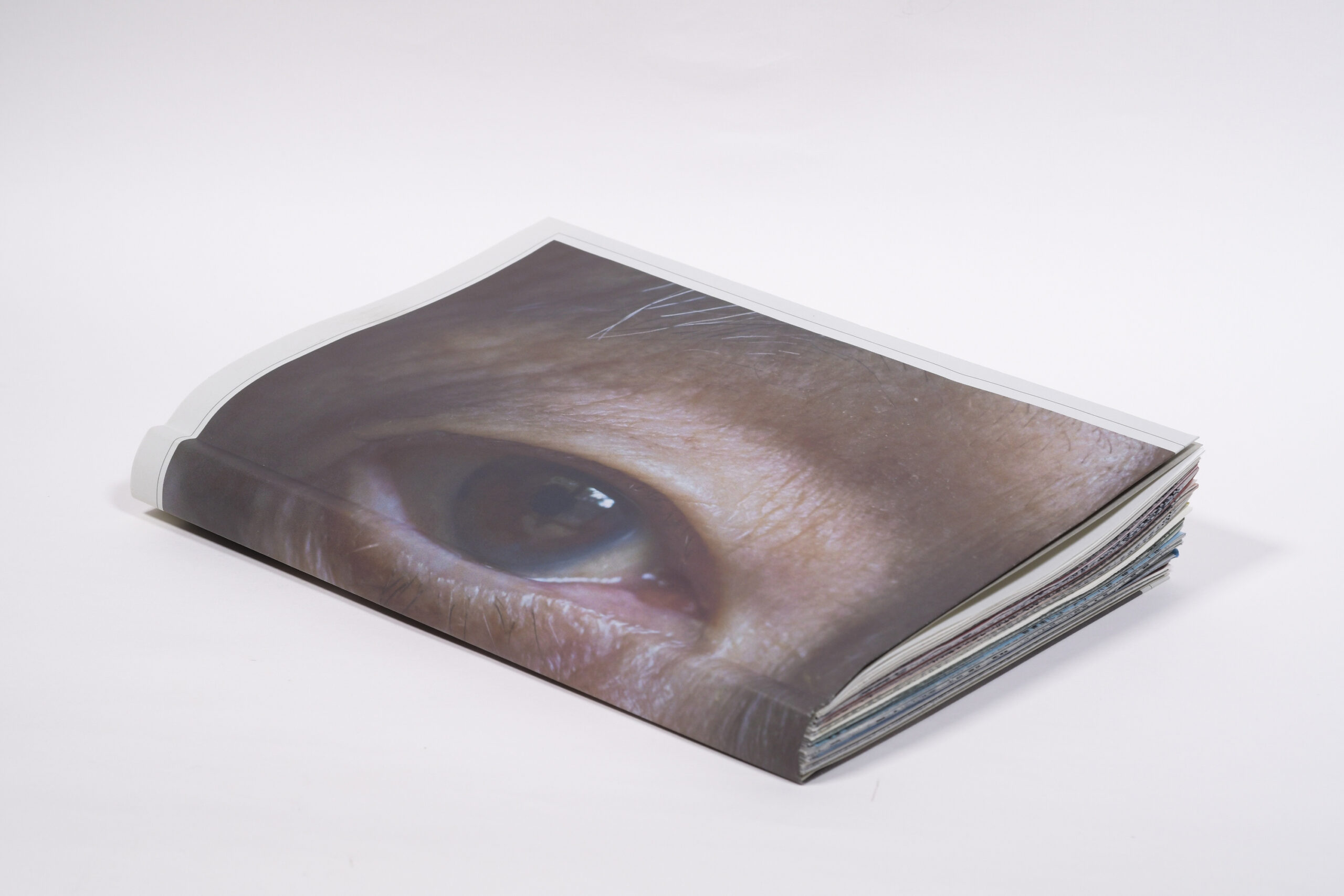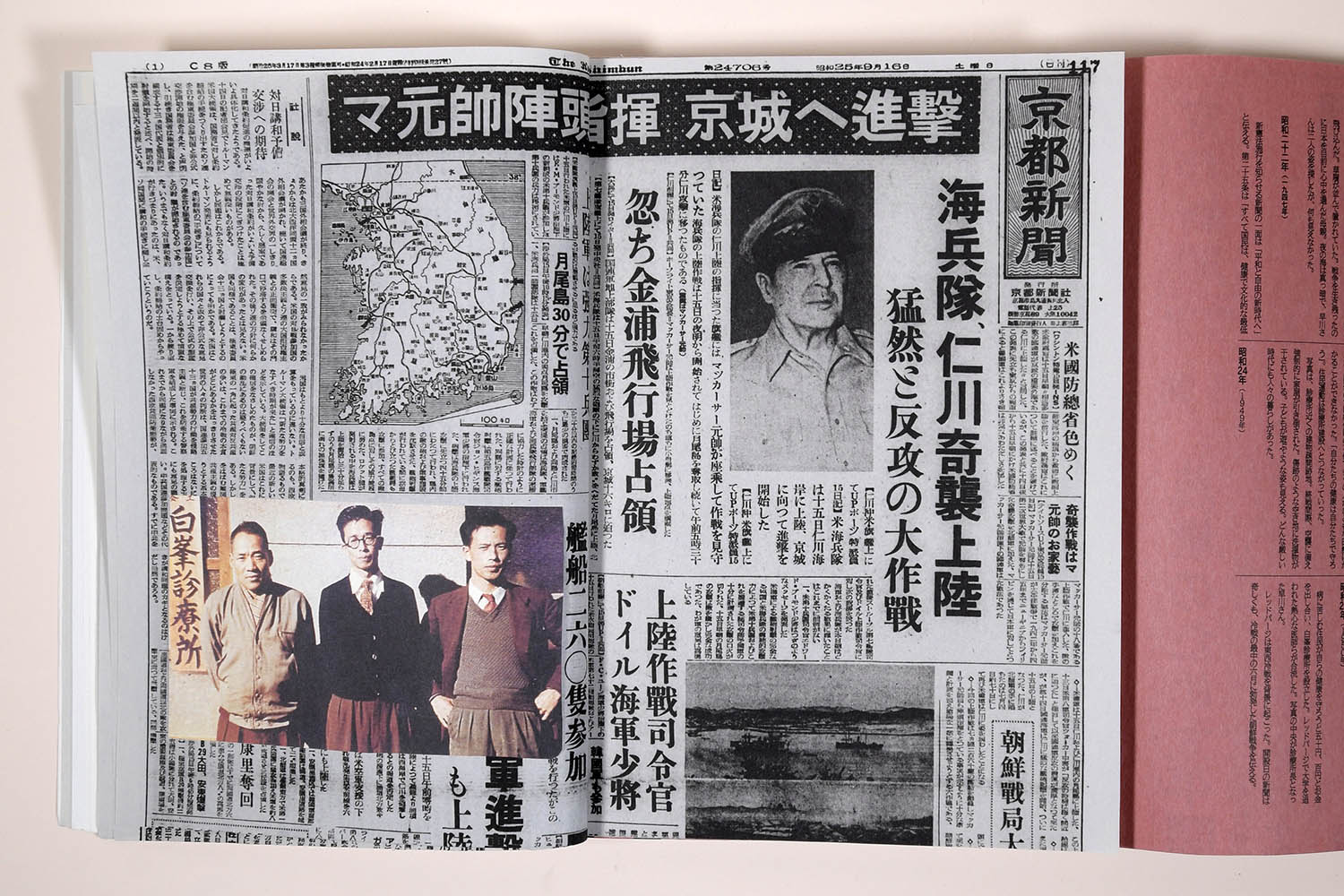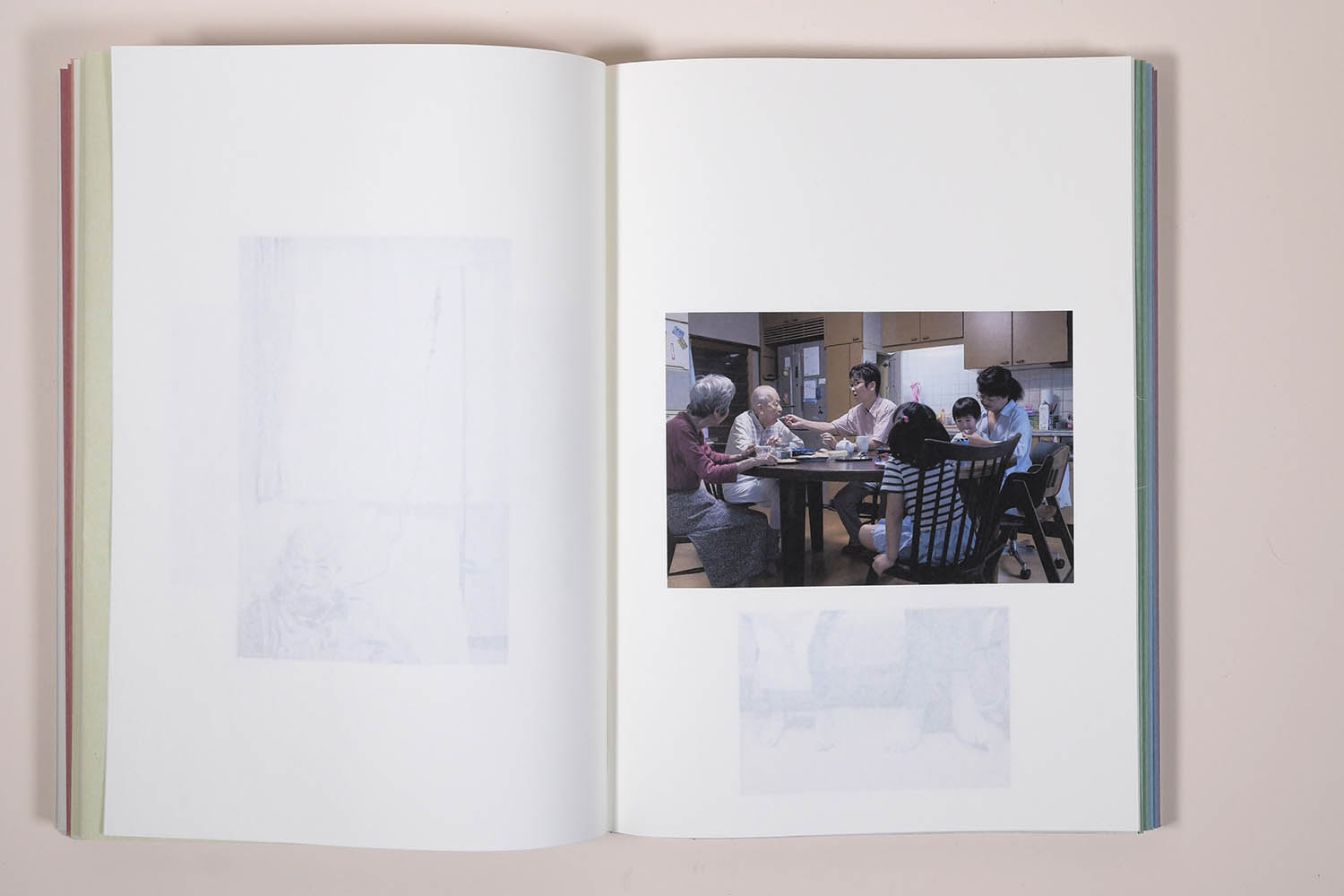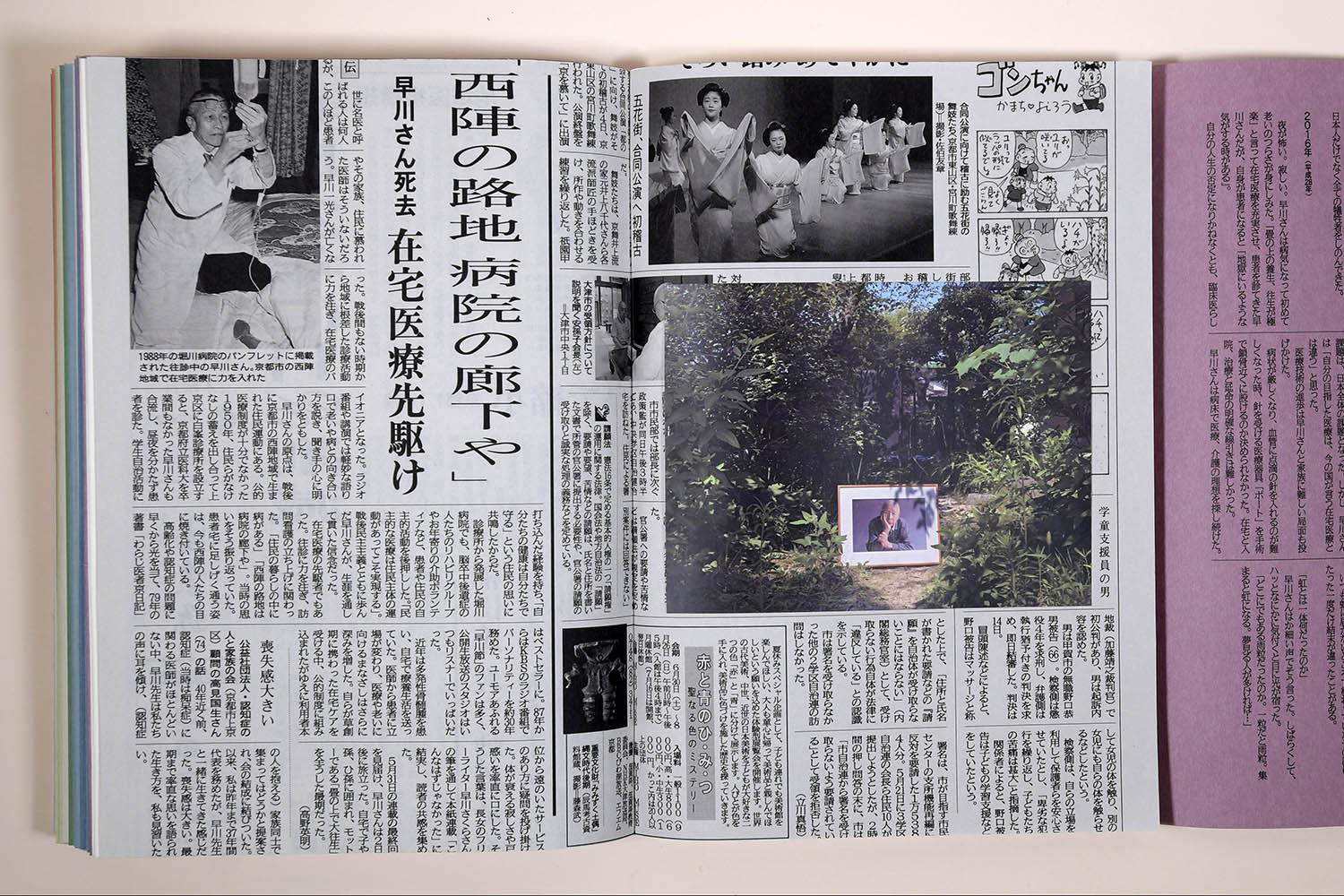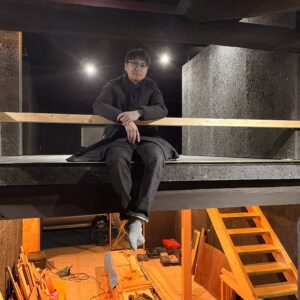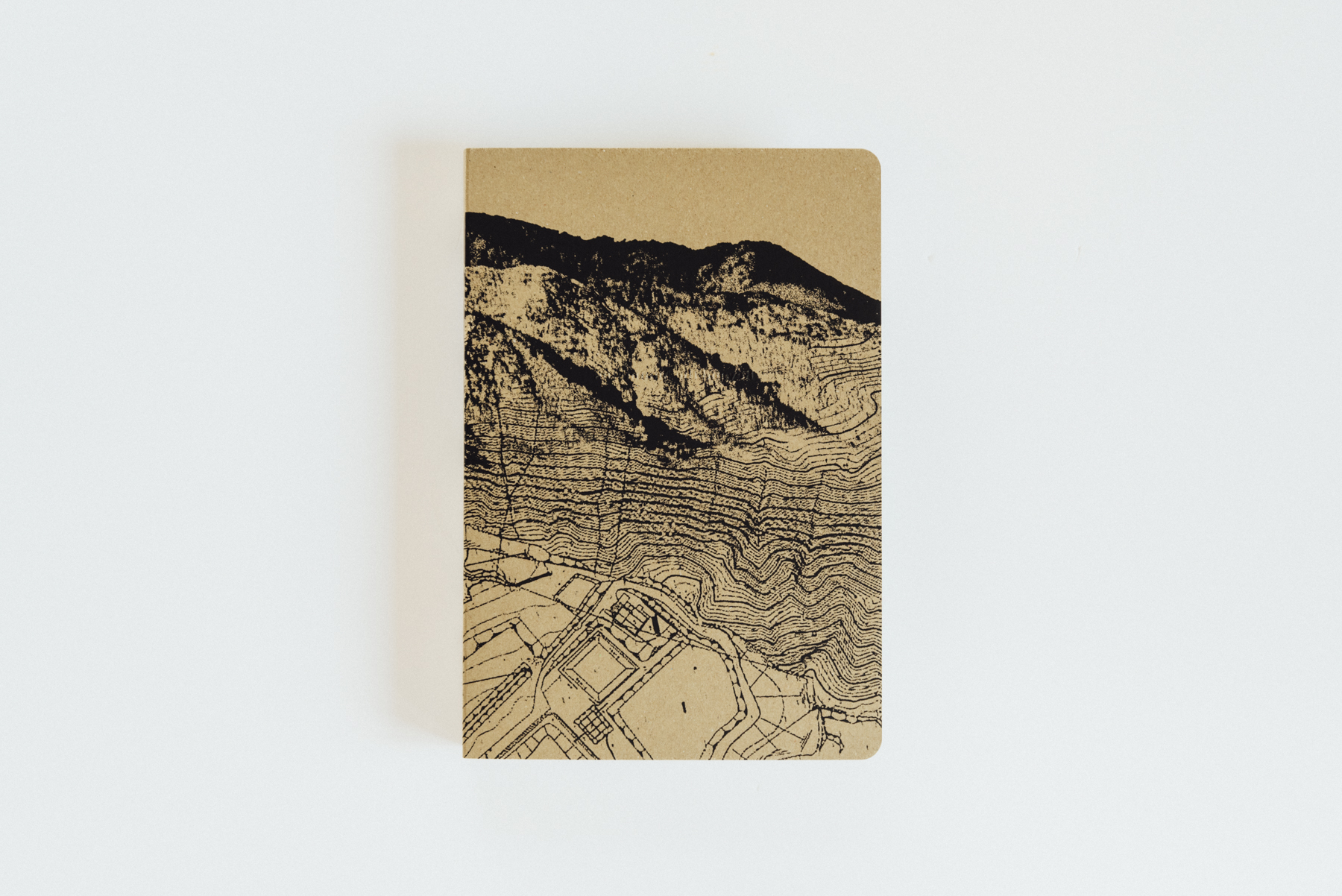Our lives are shaped by history. We can also shape history.
In this book I overlay with a projector on newspapers an image of an old doctor that traces the history of social security in Japan. He continued to seek the “rainbow” that would bring forth the ideal social security system.
Dr. Kazuteru Hayakawa was known as the one who created an elderly-friendly community medical system with his colleagues and local residents. However, as he got older and got blood cancer, he thought, “This is not what I expected.”
“Rainbow, rainbow, don’t go away.” He talked about the rainbow over again and again. I didn’t know what the rainbow meant. He also asked me, “I want you to take a picture of what we can’t see.” I was at a loss for a response. He told me “Let’s make it your homework,” but he passed away before I could find the answer.
After his passing, I decided to follow his past. I collected old photographs and materials related to him from the bookshelf of the Hayakawa family’s home, from the book storeroom of the hospital where he worked, from former colleagues, and from the archives of the public library. I searched for newspaper articles that were closely related to his past. I chose one page of newspaper per year from the year 1945, after the end of World War II which had an influence on his way of life, until 2018 the year he died. And I collaged each newspaper page with his photographs and his documents that were related to articles. He has emerged as someone who confronted the post-war turmoil, economic development and social security enhancement, changes in family composition and locality, depopulation, growing population of elderly people, declining social security, and Japan’s postwar history.
I made this work which consists of the photographs and the collages. I took these photographs of his days fighting the illness. I wanted to make the rainbow he had been chasing be seen through this book.
Self-Published



